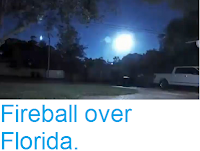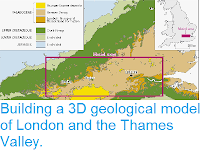The United States Geological Survey
recorded a Magnitude 6.6 Earthquake at a depth of 12.6 km in the Pamir Mountains of western Xinjiang Province, China, slightly before 10.25 pm local time (slightly before 2.25 pm GMT) on Friday 25 November 2016. At least one person has died following this event and over three hundered buildings have been damaged or destroyed. The Earthquake was felt as far away as Tashkent in Uzbekistan and Islamabad in Pakistan.
Rescue workers removing personal items from a home damaged by the 25 November 2016. Xinhua.
The Pamir Mountains lie to the north of the boundary between the Indian and Eurasian
tectonic plates, which runs through northern Afghanistan. The Indian
Plate is moving northward relative to the Eurasian Plate, causing
folding and uplift along this boundary, which has led to the formation
of the Hindu Kush Mountains of Afghanistan, The Pamirs in Tajikistan, the Himalayas and the other
mountain ranges of Central Asia., and which makes the nations in this
boundary zone prone to Earthquakes.
The approximate location of the 25 November 2016 Pamir Mountains Earthquake. Google.
Witness
accounts of Earthquakes can help geologists to understand these events,
and the structures that cause them. The international non-profit
organization Earthquake Report is interested in hearing from people who may have felt this event; if you felt this quake then you can report it to Earthquake Report here.
See also...
Follow Sciency Thoughts on Facebook.



















































